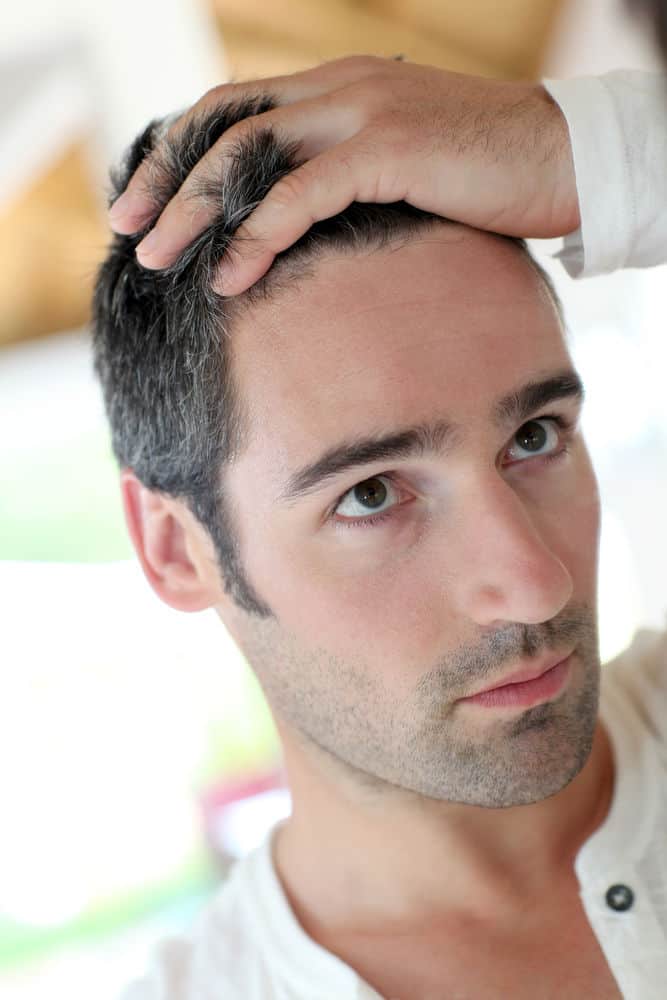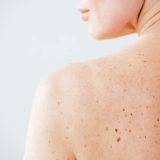

Hair is made up of two parts, the shaft and the root. The root is surrounded by a type of skin called the follicle. Each follicle holds cells that deposit melanin, or color, onto the shaft as it grows.
Hair has two types of pigments: dark (eumelanin) and light (phaeomelanin) which blend together to make up the full range of hair colors. As we age, the pigment, or melanin, in the follicles slowly die out until we have little or no color left in our hair. After age 30, we begin to lose color at varying rates depending on genetics. No, it isn’t your kids causing gray hair!
Causes of Premature Graying
There are several things that can cause premature graying and increase the rate of graying hair, including thyroid conditions: hyperthyroidism and hypothyroidism conditions negatively impact the production of melanin, reducing the colors in hair. Smoking also interferes with the production of melanin and can contribute to gray hair as well. Vitamin and mineral deficiencies also contribute to premature graying.
Vitamins for Colorful Hair
Vitamin B12, folic acid, copper and manganese all contribute to healthy levels of melanin production and, when these are deficient, hair can start to lose color. Vitamin B12 can be found in meat, eggs and milk as well as fish, liver, shellfish, and cheese. Folic acid can be found in legumes such as peas, chickpeas, beans, lentils, and dark green leafy vegetables. Copper is found in cashews, lentils, beans and some mushrooms as well as spirulina, a form of seaweed. Manganese is found in fruits, nuts and dark green leafy vegetables.
Multi-Vitamin
Another fantastic source for a full range of vitamins and minerals is Natural Wellness’ Clinical Multi-Vitamin, which provides a full range of B vitamins and folic acid.




